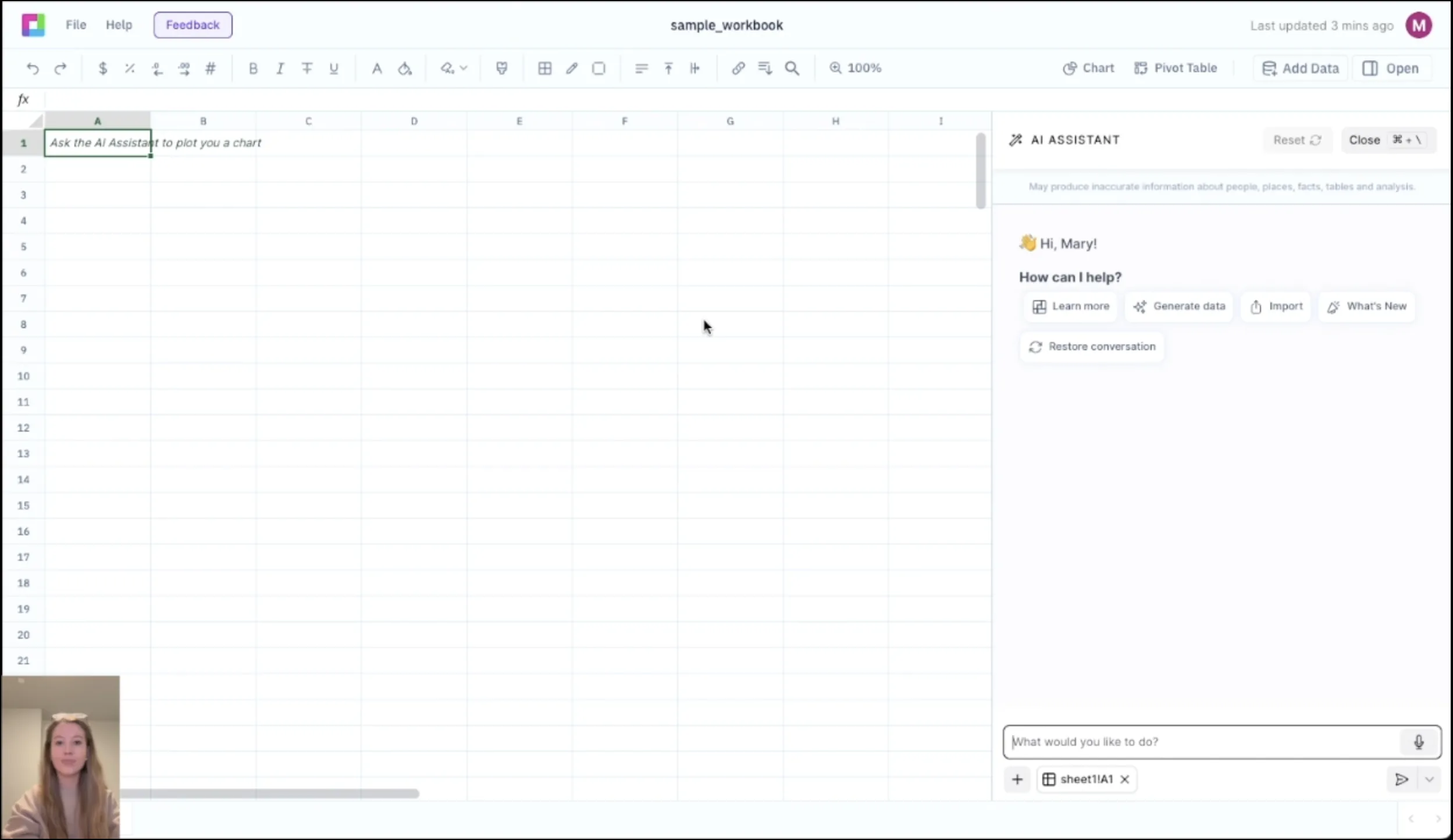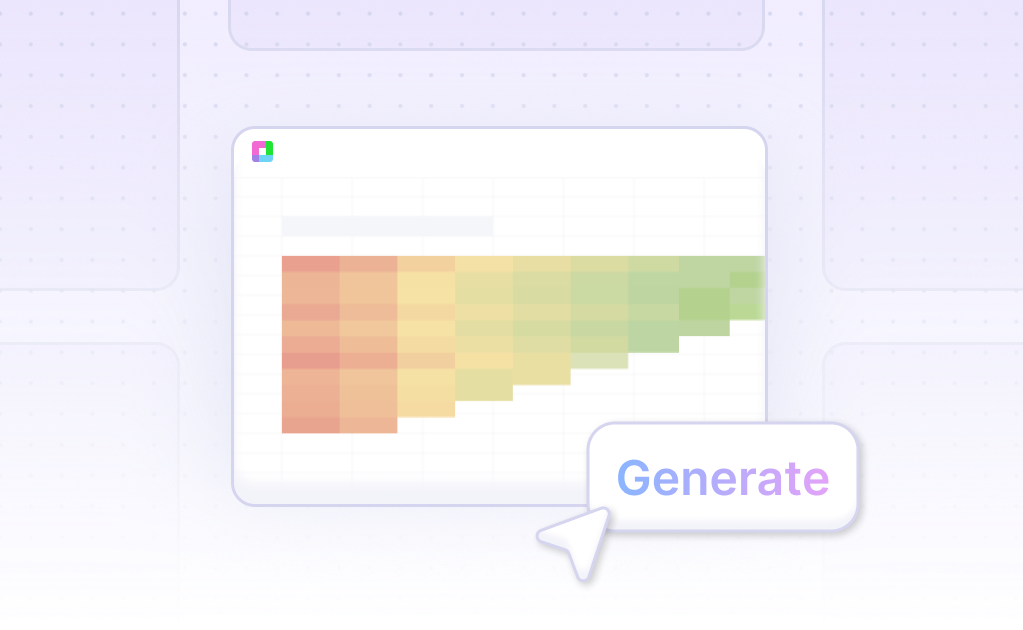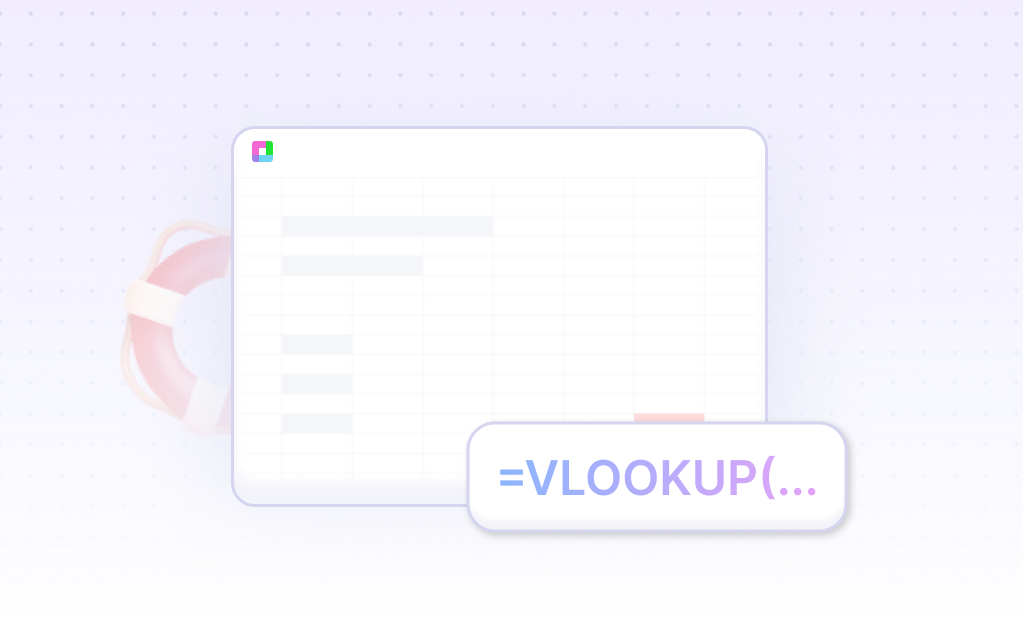
Master Distressed Debt Analysis with Professional Special Situations Tools
Distressed debt investing requires specialized analysis of financial distress, recovery scenarios, and restructuring alternatives. Our Distressed Debt template provides comprehensive tools to analyze distressed situations, model recovery outcomes, and evaluate investment opportunities with institutional-quality special situations analysis.
From recovery modeling to workout scenarios, optimize distressed investments. Built for distressed debt investors, special situations funds, and restructuring professionals, this template helps you analyze distressed opportunities, model recovery scenarios, and optimize investment strategies.
Comprehensive Distressed Debt Analysis
Credit & Financial Analysis
Analyze distressed company financials with cash flow stress testing, liquidity analysis, and covenant compliance. Assess financial distress indicators and default probabilities.
Capital Structure Analysis
Map detailed capital structure with debt seniority, security interests, and intercreditor agreements. Analyze creditor rights and recovery priorities in distressed scenarios.
Liquidation vs. Going Concern
Compare liquidation values versus going concern values with asset appraisals, forced sale discounts, and enterprise value analysis. Assess optimal restructuring strategies.
Recovery Waterfall Analysis
Model detailed recovery waterfalls by creditor class with absolute priority rules, structural subordination, and distribution mechanics. Calculate recovery rates under various scenarios.
Distressed Investment Scenarios & Modeling
Workout Scenario Analysis
Model various workout scenarios including out-of-court restructuring, Chapter 11 reorganization, and liquidation. Analyze timeline, costs, and recovery outcomes.
Loan-to-Own Strategies
Analyze loan-to-own investment strategies with debt acquisition, control mechanisms, and equity conversion scenarios. Model post-restructuring equity ownership and value creation.
Relative Value Analysis
Compare relative value across different tranches of distressed debt with recovery analysis, yield-to-maturity, and risk-adjusted returns. Identify optimal entry points.
Event-Driven Catalysts
Identify and model event-driven catalysts including asset sales, operational improvements, and restructuring milestones. Analyze catalyst timing and probability.
Frequently Asked Questions
How does it analyze recovery scenarios for distressed debt?
The template models multiple recovery scenarios including liquidation, going concern, and restructuring outcomes. It analyzes recovery waterfalls by creditor class and calculates recovery rates under various scenarios.
Can it model different workout alternatives?
Yes, the template models various workout alternatives including out-of-court restructuring, Chapter 11 reorganization, and asset sales. It compares outcomes across different restructuring paths.
How does it handle capital structure complexity?
The template maps complex capital structures with debt seniority, security interests, and intercreditor agreements. It analyzes creditor rights and recovery priorities in distressed scenarios.
Does it include loan-to-own analysis?
The template includes loan-to-own investment analysis with debt acquisition strategies, control mechanisms, and equity conversion scenarios. It models post-restructuring ownership and value creation.
How does it assess relative value across debt tranches?
The template provides relative value analysis across different debt tranches with recovery analysis, yield calculations, and risk-adjusted returns. It helps identify optimal investment opportunities.
Related Special Situations Tools
Connect your most-used data sources and tools to Sourcetable for seamless analysis.
Frequently Asked Questions
If you question is not covered here, you can contact our team.
Contact Us





